Have you ever dreamed of camping under the stars, but worried about comfort and safety? Rooftop camping tents might be just what you're looking for. These clever devices turn the top of your car into a cozy sleeping area, giving you a great view and keeping you off the ground. In this guide, we'll explore everything you need to know about rooftop tents. We'll look at different types, show you how to set them up safely, and share what gear you'll need for a great camping trip. We'll also cover how to take care of your tent, share tips from experienced campers, and even peek at what's coming next in rooftop tent design. Whether you're a seasoned camper or just starting out, this guide will help you decide if a rooftop tent is right for your next adventure.
Types and Selection of Rooftop Tents
When choosing a rooftop tent, you'll mainly encounter two types: hardshell and softshell. Each has its own strengths, and your choice will depend on your specific needs and preferences.
1. Hardshell Tents
Hardshell tents are known for their durability and ease of use. They typically have a rigid outer shell made of strong materials like fiberglass, aluminum, or hard plastic.
These tents are quick to set up, often popping up in just a few minutes. They're great at keeping out bad weather and their streamlined shape can help save fuel when you're driving. Many hardshell tents come with a built-in mattress, adding to your comfort.
Hardshell tents are ideal for frequent campers who value quick setup and don't mind paying more upfront for a long-lasting product. They're also great if you often camp in harsh weather.
2. Softshell Tents
Softshell tents are made of tough, waterproof fabric. They're usually cheaper than hardshell tents and have some unique advantages.
These tents are lighter, which is easier on your vehicle. When set up, they're often more spacious than hardshell tents, sometimes with extra areas for living space. Softshell tents are also easier to take off your vehicle when you're not using them.
Softshell tents are a good choice if you're watching your budget, need more sleeping space, or prefer a tent that feels more like traditional camping.
3. How to Choose the Right Tent for Your Needs
Selecting the perfect rooftop tent involves considering several factors:
- Vehicle Compatibility: Ensure your car can support the tent's weight and size. Check your vehicle's roof load capacity and roof rack strength.
- Number of Campers: Consider how many people will typically be sleeping in the tent. Softshell tents often offer more sleeping space.
- Climate and Camping Conditions: If you often camp in harsh weather, a hardshell tent might be more suitable due to its better insulation and weather resistance.
- Frequency of Use: If you camp often and value quick setup, a hardshell tent might be worth the higher initial investment.
- Budget: Softshell tents are generally more affordable, but consider long-term durability as well.
- Storage: Think about where you'll store the tent when it's not on your vehicle. Hardshell tents are bulkier to store.
The best tent for you is one that fits your specific needs, budget, and camping style. Consider renting different types before making a purchase to get a feel for what works best for you.

Installation Tactics: Safely Setting Up Your Rooftop Tent
Setting up your rooftop tent correctly is important for safety and comfort. Here's a simple guide to help you.
Pre-Installation Preparations
First, check your vehicle's compatibility. Look in your car's manual for the maximum roof weight it can hold. Remember, this includes the weight of the tent, roof rack, and people sleeping in the tent.
Next, gather your tools. You'll typically need a wrench set, screwdrivers, and maybe a drill. Check your tent's manual for specific tool requirements.
Lastly, find a helper. Installing a rooftop tent is usually a two-person job.
Step-by-Step Installation Guide
- Start by installing a roof rack if your vehicle doesn't already have one. Make sure it's rated to hold the weight of your tent plus occupants.
- Carefully lift the tent onto your vehicle's roof. This is where your helper comes in handy - rooftop tents can be heavy!
- Position the tent on the roof rack. It should be centered and facing the direction specified in the manual.
- Attach the tent to the roof rack using the mounting brackets and hardware provided. Tighten all bolts securely, but be careful not to overtighten and damage your tent or vehicle.
- Once the tent is mounted, open it up and check that everything unfolds correctly. Make any necessary adjustments to the mounting position.
Safety Tips
Safety should be your top priority when installing and using a rooftop tent. Here are some important tips:
Always double-check that all mounting hardware is tight before each trip. Loose bolts can lead to dangerous situations on the road.
Be mindful of your vehicle's new height with the tent installed. You might not be able to enter certain parking garages or drive-thrus.
When sleeping in the tent, be careful when entering and exiting. Use the ladder provided and always maintain three points of contact for stability.
Avoid setting up your tent on uneven ground. This can stress the mounting system and make the tent unstable.
Lastly, never drive with the tent open or with people inside the tent. Always close and secure the tent before moving your vehicle.
How to Care for Your Rooftop Tent
Proper care keeps your rooftop tent in good shape for many adventures. Here's how to clean, maintain, and store it effectively.
1. Cleaning
After each trip, brush off dirt and leaves from your tent. For a thorough clean, use mild soap and lukewarm water with a soft brush. Avoid harsh chemicals or pressure washers. For tough stains, use a specialized tent cleaner. Always rinse well and dry completely after cleaning. Aim to clean your tent at least once a season, or more if you camp often.
2. Maintaining Durability
Regularly check your tent for loose stitching or small tears. Fix minor issues promptly with a repair kit. Never pack your tent when it's damp to prevent mold. Apply waterproofing spray as recommended by the manufacturer, usually every year or two. Keep zippers working smoothly by cleaning them and using a silicone lubricant occasionally.
3. Storing
Always store your tent when it's completely dry. Follow the manufacturer's instructions for folding. Keep your tent in a cool, dry place away from direct sunlight. For long-term storage, use a breathable bag to allow air circulation. During the off-season, air out your tent occasionally to prevent musty odors.
A well-maintained tent is more reliable and enjoyable to use. With proper care, your rooftop tent will be ready for many camping trips to come.
Tips and Tricks from Rooftop Campers
Learn from those who've been there. Here are some helpful tips and solutions for common issues.
Practical Advice for Better Camping
- Choose level ground for your campsite. This makes sleeping more comfortable and safer.
- Organize your gear in bins or bags. It's easier to find things without unpacking everything.
- Bring a spare ladder. It's useful for reaching your vehicle's roof or as a backup.
- Pack window shades for privacy when changing clothes in your vehicle.
- Don't forget good lighting. Headlamps are great for tasks, and string lights make the tent cozy.
Solving Common Problems
- Wind: Park with your vehicle's back facing the wind to create a shield. Secure your tent well.
- Condensation: Open vents slightly for air flow. Bring a small towel to wipe moisture in the morning.
- Cold nights: Pack extra blankets and wear layers to bed. Hot water bottles can add warmth.
- Staying clean: Bring a large water container and a solar shower bag. Use a mat at the tent entrance to keep dirt out.
- Bad weather: Always check the forecast. A tarp can provide extra cover if it rains unexpectedly.
You'll learn something new on every trip. Don't worry if things aren't perfect at first. Each adventure will teach you how to make the next one even better.

Sleeping Under the Stars: Why Rooftop Tents Are Special
Rooftop tents offer a unique blend of adventure and comfort. Let's explore what makes them so appealing.
The Unique Experience
Imagine unzipping your tent to a panoramic view of the sunrise, all while being comfortably elevated above the ground. This is the magic of rooftop camping.
Rooftop tents create a special connection with nature. You're closer to the stars at night and the treetops during the day. The slight sway of the tent in a gentle breeze can be surprisingly soothing, reminding you that you're truly out in nature.
Many campers report feeling a greater sense of freedom and adventure. You're not tied to traditional campgrounds - any safe, level parking spot can become your campsite for the night. This opens up new possibilities for exploration and spontaneity in your travels.
Practical Benefits
Beyond the romantic appeal, rooftop tents offer several practical advantages:
- Elevated Position: Being off the ground means you're away from crawling insects and small animals. It also provides better protection from ground moisture.
- Quick Setup: Most rooftop tents can be set up in minutes. This is especially convenient when you arrive at your campsite late or in bad weather.
- Comfortable Sleeping: Many rooftop tents come with built-in mattresses, offering a more comfortable sleep than traditional ground tents.
- Better Views: The elevated position often provides better views of your surroundings, whether you're overlooking a lake or watching wildlife from a safe distance.
- Space Saving: Your sleeping area doesn't take up any ground space, leaving more room for other camping activities around your vehicle.
- Improved Safety: Being elevated can provide a greater sense of security, especially in areas with larger wildlife.
Rooftop tents blend the adventure of camping with some of the comforts of home. They allow you to immerse yourself in nature without sacrificing too much comfort, making them an attractive option for both seasoned campers and those new to outdoor adventures.
Try Rooftop Camping Today
Rooftop tents offer a fresh take on camping, combining comfort with adventure. This guide has covered everything from choosing and installing your tent to maintaining it and solving common problems. Rooftop camping provides unique benefits like elevated views, quick setup, and a closer connection to nature. It's suitable for both experienced campers and newcomers to outdoor adventures. As tent designs continue to improve, the experience will only get better. Consider giving rooftop camping a try on your next outdoor trip - you might find it's the perfect way to enhance your camping experience.

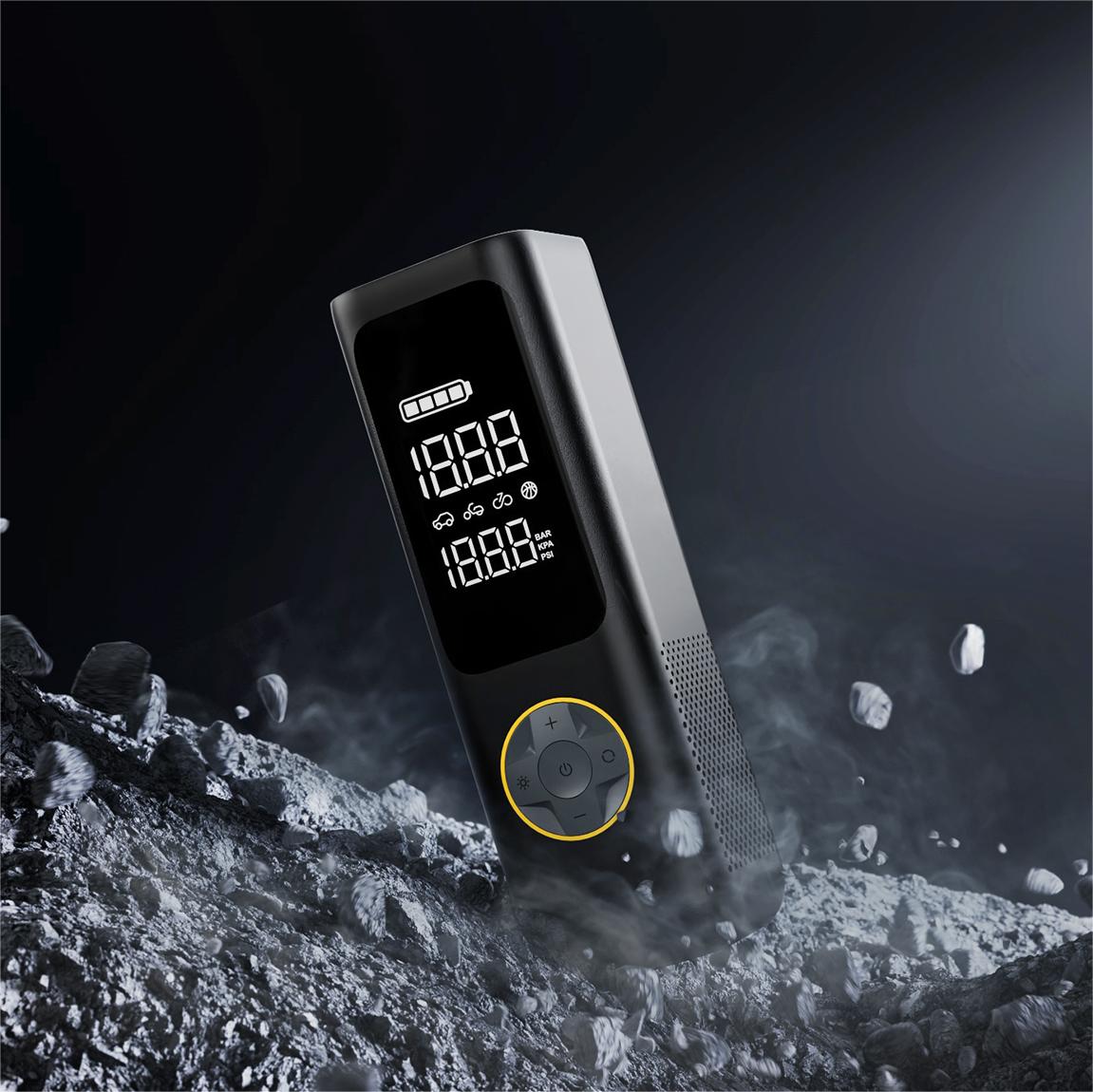










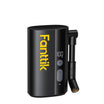
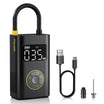

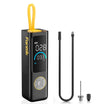
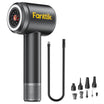
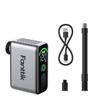
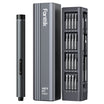
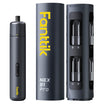

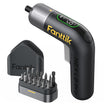
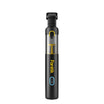
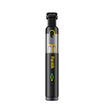
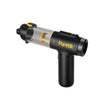
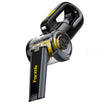
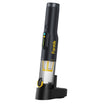
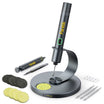
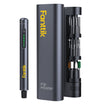
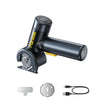
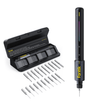
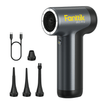
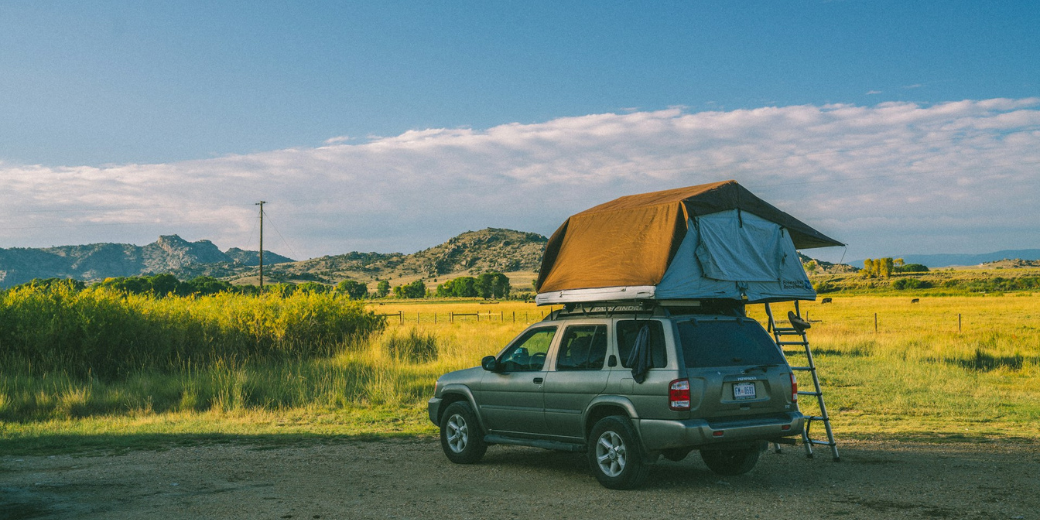


Leave a comment
All comments are moderated before being published.
This site is protected by hCaptcha and the hCaptcha Privacy Policy and Terms of Service apply.